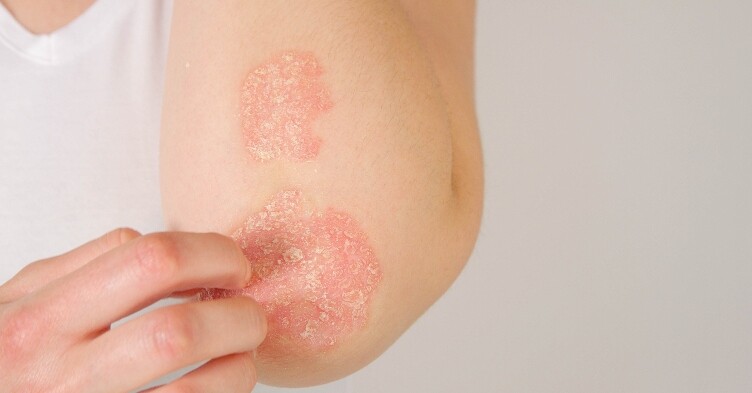‘No one told me that’ – using topical treatments safely

In my previous blogs I have discussed the importance of monitoring the use of topical treatments:
But I now feel I need to go into more details about the fundamentals of using emollients safely because many key messages are not being given to our patients and their families. I constantly hear ‘no one told me that’ when I see patients in my clinics, when I point out that emollients are frequently applied incorrectly.
The correct application involves applying them in a downward motion following the direction of the hair growth to prevent folliculitis (inflammation of hair follicles).
Related Article: Abdominal body fat is a higher risk for developing psoriasis
Patients also frequently apply them thickly; this contributes to over heating and itching. They are better applying them regularly throughout the day, not thickly. If the skin is left with a thick layer of emollient, which is greasy, and sticky it will also impact on adherence.
There are many emollient products available, which are dispensed in tubes, pumps and pots. The use of pots is acceptable but patients should be told not to put their hands in pots but use a clean spoon or spatula to decant from the pot to prevent infections from contaminated pots.1
Likewise healthcare professionals should also follow these principles. I have seen several TV stories recently where nurses have put gloved hands in and out of emollient pots and have not decanted.
Prescribing emollients in pumps or tubes reduces this risk and following a skin infection new supplies of the emollient should be prescribed. Using emollients on a regular basis either at home or in a caring environment such as a care home or hospital setting increases the risk of slippage because there will be a build up of grease on the floor or bathroom facilities unless measures are taken.
The floor should be protected with a towel or bath mat and the bath/shower should be washed with hot water and washing-up liquid (detergent) after use, rinsed well and dried with paper towels. This prevents a build-up of emollient and skin debris on the surface and reduces the risk of infection and slipping. It also helps to clear the drains. I have had several patients tell me that their drains were blocked resulting from a build-up of grease and skin debris.
Recently there has been a further alerts from the MHRA relating the fire risk associated with paraffin-based emollients (white soft paraffin, white soft paraffin 50%/liquid paraffin 50%, or emulsifying ointment) on dressings or clothing2 and the use of aqueous cream which may cause burning, stinging, itching and redness, especially in children with atopic eczema.3
Related Article: CPD: Case by case – acute and emergency dermatology presentations
Aqueous cream contains sodium lauryl sulphate (SLS), which has a detrimental effect on skin barrier function and dermatology specialists do not recommend its use either as a wash or leave-on product, there are other emollient formulations, which are better and which have a positive effect on skin barrier function.
What is important is involving patients and their families in the emollient choice, the best emollient being the one the patients will use.
There is a drive to restrict the prescribing of many topical therapies, which is a concern for both our patients and dermatology professionals, this will impact on our patients moving forwards4 and hence why my previous blogs covered the importance of educating our patients about their treatments and monitoring their use as you would with any medication.
They are not ‘only a cream’ but a drug applied to the skin which should be given equal importance to other medications.
Related Article: Mythbuster: ‘This patient’s ulcer swab is positive so they need antibiotics’
References
- Carr J, Akram M, Sultan A et al (2008) Contamination of emollient creams and ointments with Staphylococcus aureus in children with atopic dermatitis [Abstracts from the Fifth Georg Rajka International Symposium of Atopic Dermatitis, Kyoto, Japan]. Dermatitis 19(5): 282
- MHRA (2016) Paraffin-based skin emollients on dressings or clothing: fire risk gov.uk/drug-safety-update/paraffin-based-skin-emollients-on-dressings-or-clothing-fire-risk
- MHRA (2013) Aqueous cream: may cause skin irritation gov.uk/drug-safety-update/aqueous-cream-may-cause-skin-irritation
- BAD (2017) BAD Response to items, which should not routinely be prescribed in primary care: A consultation on guidance for CCGs bad.org.uk/shared/get-file.ashx?id=5824&itemtype=document
Sandra Lawton is nurse consultant dermatology at Rotherham NHS Foundation Trust

See how our symptom tool can help you make better sense of patient presentations
Click here to search a symptom




